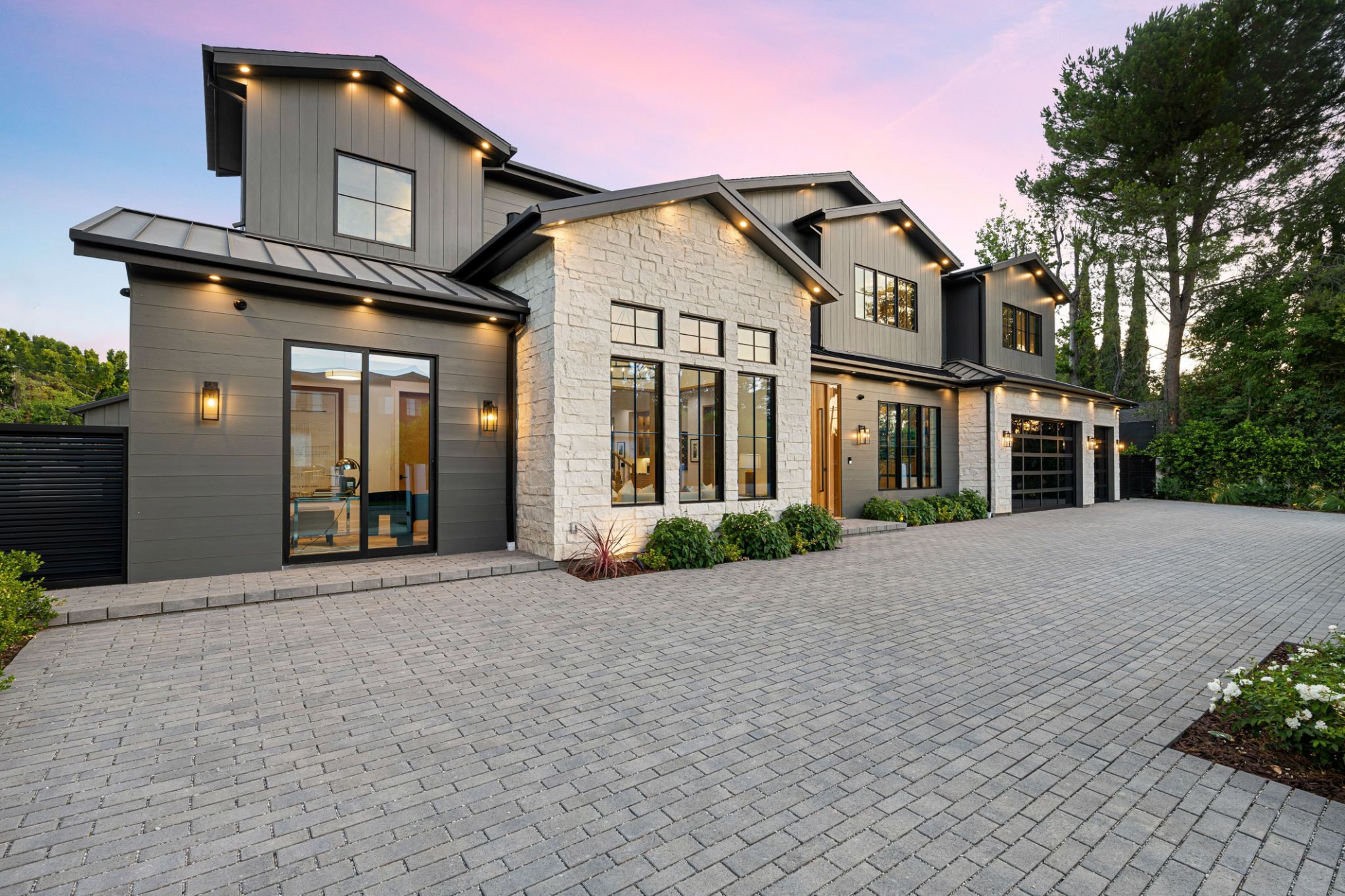Maximizing Curb Appeal Through Effective Real Estate Photography
The Importance of Curb Appeal in Real Estate
In the competitive world of real estate, first impressions are everything. Whether it's a potential buyer driving by or browsing online listings, the exterior of a property can significantly impact its perceived value. Effective real estate photography is a powerful tool to enhance curb appeal, capturing the essence of a home and enticing prospective buyers to take a closer look.
The exterior image is often the first point of contact a buyer has with a property. A well-composed photograph can highlight a property's best features, from a beautifully manicured lawn to architectural details that set it apart. Conversely, a poorly taken photo can deter interest, no matter how stunning the interior may be.

Choosing the Right Time and Lighting
Timing and lighting are critical elements in real estate photography. The golden hours—early morning and late afternoon—offer soft, natural lighting that enhances the property's features without harsh shadows. This type of lighting can add warmth and depth to photos, making the home appear more inviting.
Cloudy days can also be advantageous for photography, as they provide diffused lighting that eliminates glare and harsh contrasts. Avoid shooting in the midday sun when shadows are strongest, which can obscure details and create an unflattering appearance.
Highlighting Key Features
Every property has unique features that should be highlighted to maximize its appeal. Whether it's a charming front porch, elegant landscaping, or distinctive architectural elements, these details should be captured in a way that tells a story about the home. Consider framing these features in the foreground of your shots to draw attention to them.

Additionally, wide-angle lenses can be incredibly useful in real estate photography. They allow for more of the scene to be captured in a single shot, giving potential buyers a comprehensive view of the property. This perspective can make outdoor spaces appear larger and more inviting.
Post-Processing Techniques
Post-processing is an essential step in real estate photography. Simple adjustments in exposure, contrast, and saturation can significantly enhance an image's appeal. However, it's crucial to maintain a balance to ensure photos accurately represent the property while still being visually appealing.
Many photographers use software like Adobe Lightroom or Photoshop to perform these adjustments. Cropping images to remove distractions or straighten lines can also improve composition and focus attention on the property's strengths.

Consistency Across Listings
For real estate agents managing multiple listings, maintaining consistency in photography style is essential for brand recognition and professionalism. Potential buyers often browse several listings from the same agent, and consistent quality can enhance trust and credibility.
Establishing a standard approach to photographing properties ensures that all listings reflect the same level of quality and attention to detail. This consistency can lead to increased brand recognition and customer loyalty over time.
Conclusion: The Power of Professionalism
Maximizing curb appeal through effective real estate photography is not just about taking beautiful photos; it's about strategically presenting a property to capture interest and drive action. By focusing on timing, lighting, key features, post-processing, and consistency, real estate professionals can significantly enhance their listings' appeal.
Investing in professional photography services can yield substantial returns by attracting more potential buyers and ultimately leading to quicker sales at higher prices. In today's digital age, where first impressions are often made online, exceptional real estate photography is a crucial component of successful marketing strategies.